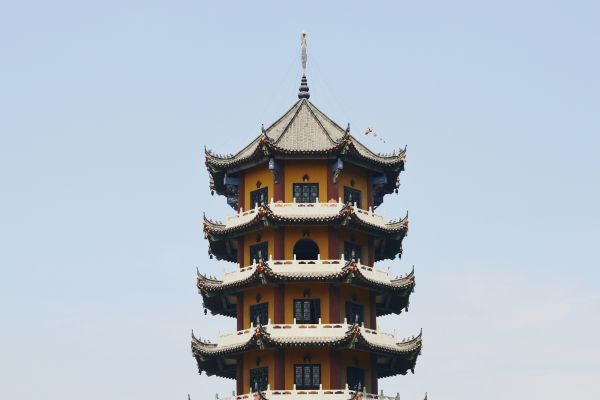
In China, the conviction rate was 99.965% in 2019 and 99.969% in 2018.
The number of indicted criminal suspects and acquitted defendants in China in the last two years and the conviction rates we calculate are as follows:
In 2019, 1,818,808 people are indicted by the People’s Procuratorate of China, among which 637 defendants are acquitted in the public prosecution, with a conviction rate of 99.965%.
In 2018, 1,692,846 people are indicted by the People’s Procuratorate of China, among which 517 defendants are acquitted in the public prosecution, with a conviction rate of 99.969%.
Other posts you may also be interested in are as follows:
How Do Elections in China Work?
What is the Crime Rate in China?
How Many Crimes Are Punishable by Death in China?
What is the Court System Like in China?
What Are the Main Laws in China?
What is the Conviction Rate in China?
For more interesting posts about Chinese Law, please check China Law in One Minute.
Reference:
- Work Report of the Supreme People’s Court (2020), delivered in May 2020
- Work Report of the Supreme People’s Court (2019), delivered in March 2019
- Work Report of the Supreme People’s Procuratorate (2020), delivered in May 2020
- Work Report of the Supreme People’s Procuratorate (2019), delivered in March 2019
Contributors: CJO Staff Contributors Team









